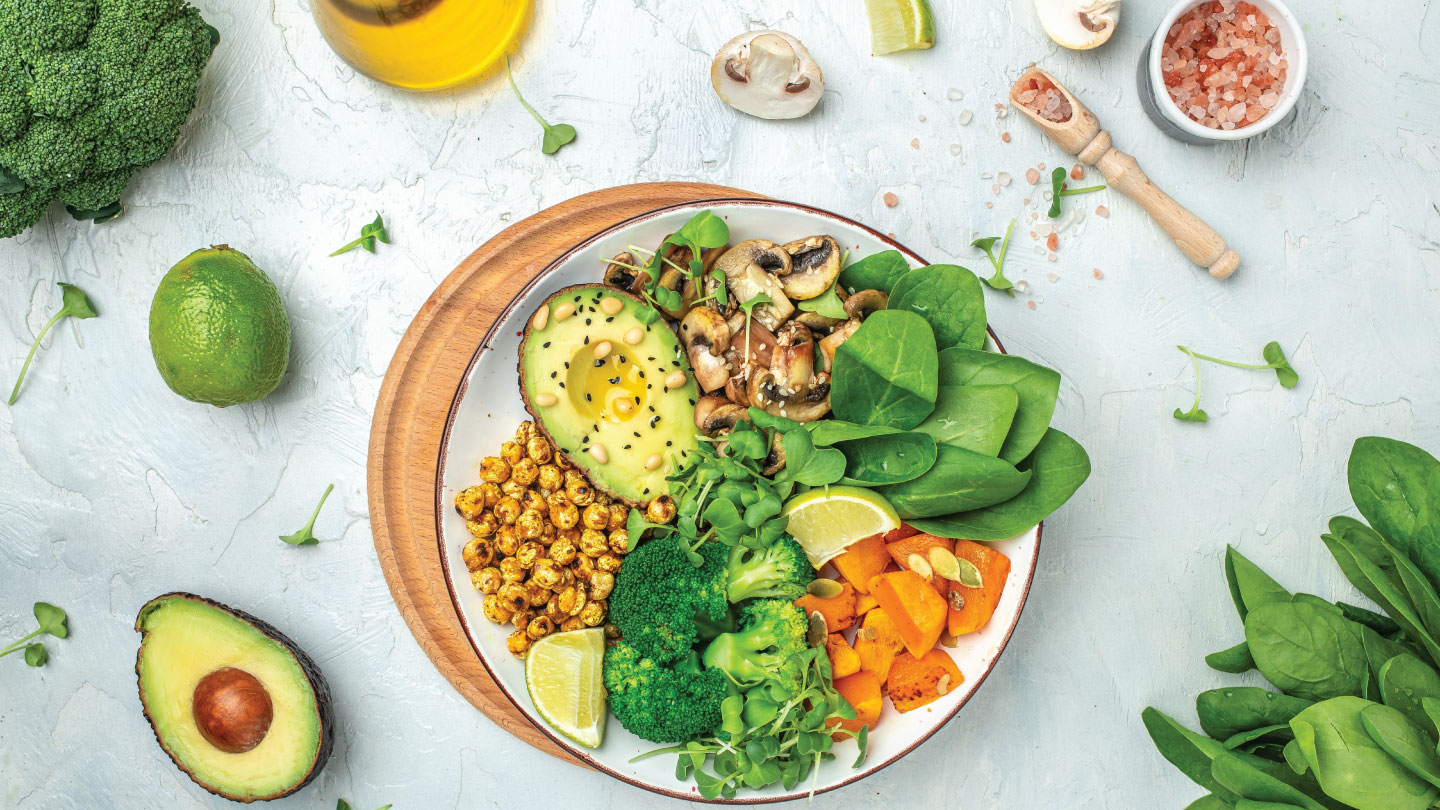Nutrition
The A-Z of Superfoods: Quinoa
Trending and for good reason, quinoa is one of the most versatile and nutritious wholegrains out there. Here’s a quick rundown on why and how you should be eating it.

If you’ve been anywhere near social media in the past few years, you must know that quinoa is all the rage right now. And as far as research goes, it’s justified. Quinoa (Chenopodium quinoa) is a pseudocereal of the amaranth family, whose seeds are jam-packed with minerals, vitamins and other nutrients. Originally from the Andean region of South America, production and consumption of quinoa has spread to over 70 countries worldwide. In fact, the year 2013 was declared the International Year of Quinoa by the United Nations General Assembly. According to a 2020 Foods paper, “the quinoa plant is resistant to cold, salt, and drought,” and is also called the “golden grain” due to its nutritional and biological properties.
If all of that weren’t enough, quinoa is also very simple to cook and include in our daily meals. The outer layer of quinoa contains a bitter compound called saponin, which is a natural insect repellent. Though most of it is removed during packaging, it is recommended that you rinse it well before cooking. As per Harvard Health Publishing, there are over 120 known varieties of quinoa一of which white and yellow ones have the mildest flavours, in case you are new to this ingredient.
Just cook it for 15 to 20 minutes like rice, using two parts liquid (water, stock, milk) to one part quinoa. The result will be a fluffy, crunchy product with a great nutty flavour, which has endless possibilities of recipes to be incorporated into.
1. Plant-based protein: If you’re a vegetarian or a vegan looking for a good source of plant-based protein, quinoa has got your back with around 8 grams of protein per cup (185 grams). In fact, it is a complete protein as it contains all the nine essential amino acids that our bodies cannot produce by themselves. In a 2005 paper published in the journal Industrial Crops and Products, Atul Bhargava et al believe that quinoa can play a major role in future diversification of agricultural systems in India. Still an underutilised crop, this highly proteinaceous grain “can help to make diets more balanced in this region and can play an important role in combating ‘silent hunger’ among poor populations in India who have little access to protein-rich diets,” they conclude.
2.Great source of antioxidants: Antioxidants in foods are known to prevent or delay cell damage caused by a variety of diseases. The presence of antioxidants quercetin and kaempferol in quinoa makes it even healthier, as they can protect us from heart disease, diabetes, cancers (Muhammad Imran et al, Molecules, 2019) as well as infections and inflammation (Yao Li et al, Nutrients, 2016).
2. Full of fibre: Quinoa contains around 5 grams of fibre per cup, which is about 12.5 percent of an adult’s daily requirement, as per the Indian Council of Medical Research. A diet rich in fibre boosts metabolism, promotes satiety and also improves high cholesterol, blood pressure.
3. High in iron, magnesium and manganese When it comes to important minerals, most of us may not be meeting the daily requirements (especially females). Quinoa is quite rich in iron, magnesium and manganese一as well as a plethora of trace minerals. While iron is an essential part of blood circulation and cell function, the National Institutes of Health, USA, suggests that adequate magnesium levels can combat conditions like high blood pressure, heart disease, migraines and more.
4. Provides vitamins B and E: Not only does quinoa provide Vitamin E (which can improve our vision and heart health), it also contains an essential B vitamin named folate. The National Institutes of Health, USA, explains that folate is significant in the formation of DNA. It helps with babies’ neural development during pregnancy and can also reduce chances of cancer and depression.
How to add more quinoa to your diet
1. Whether you have a gluten-allergy or simply want a variation to the usual rice preparations, quinoa can save the day. Prepare it similarly to rice一the rest is your imagination. You can add whatever herbs, spices or flavouring for a filling and nutritious meal. The same goes for any bread or pasta dishes.
2. You can add cooked and blended quinoa to any of your favourite desserts一be it pancakes, muffins or cookies.
3. According to Harvard Health Publishing, quinoa can be popped similarly to popcorn. Next time you’re craving a quick snack, make a bowl of popped quinoa and flavour it as per taste.
4. Since quinoa is a pseudocereal, you can cook it in milk or water and top it off with fresh fruits, cinnamon, nuts, peanut butter and more. You can also blend it in your smoothies. Full of fibre, protein and more, this hearty breakfast will energise you for the rest of your day.
5. Quinoa energy bars are your answer to a quick and easy pre or post-workout snack. Pair it with your favourite ingredients like nuts, seeds, honey and chocolate chips. Mix them until well-bound and shape them into bars. Freeze until solid and enjoy on the go.
The above information has been verified by Dr Lakshmi K, Ph.D Food Science & Nutrition, University of Georgia (USA), Head Nutritionist, URlife
EXPLORE MORE
If you’re on a GLP-1, your diet can make or break your health journey. Here’s your guide to avoid common pitfalls.
Bright, tangy, and naturally refreshing, this orange chutney offers a burst of citrusy sweetness with a gentle hint of spice. It’s the perfect accompaniment to elevate daily meals with freshness and depth.
What you eat matters, but how you pair it matters even more. Transform simple meals into nutrient powerhouses.
Fibremaxxing is everywhere on social media but is doubling down on fibre really the secret to better gut health, or can one overdo it?







.jpg)

.jpg)
